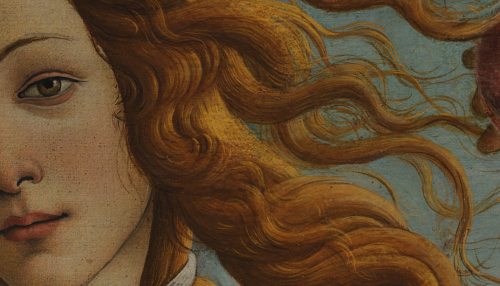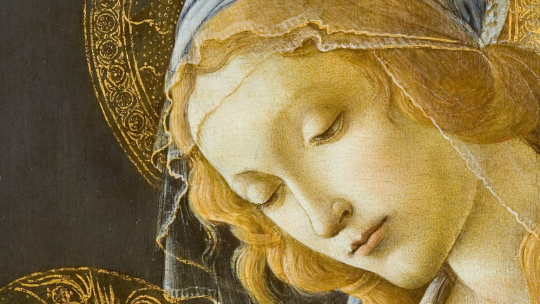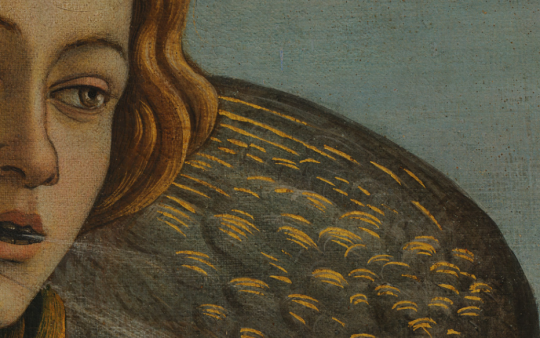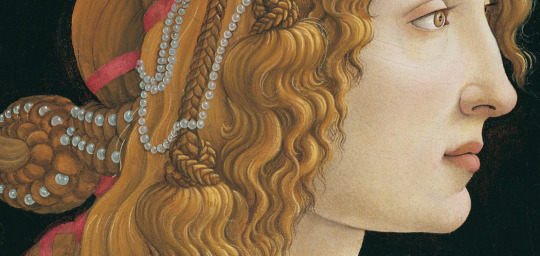Photo
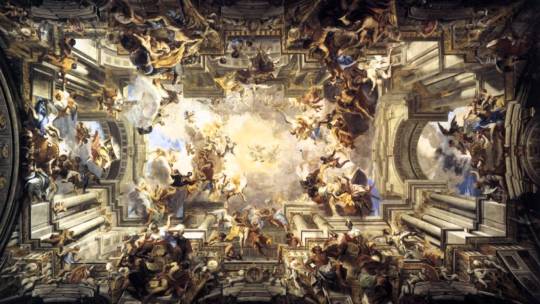
Ceiling of Sant'Ignazio
Andrea Pozzo
1685
Fresco
Sant'Ignazio Church, Rome
696 notes
·
View notes
Photo
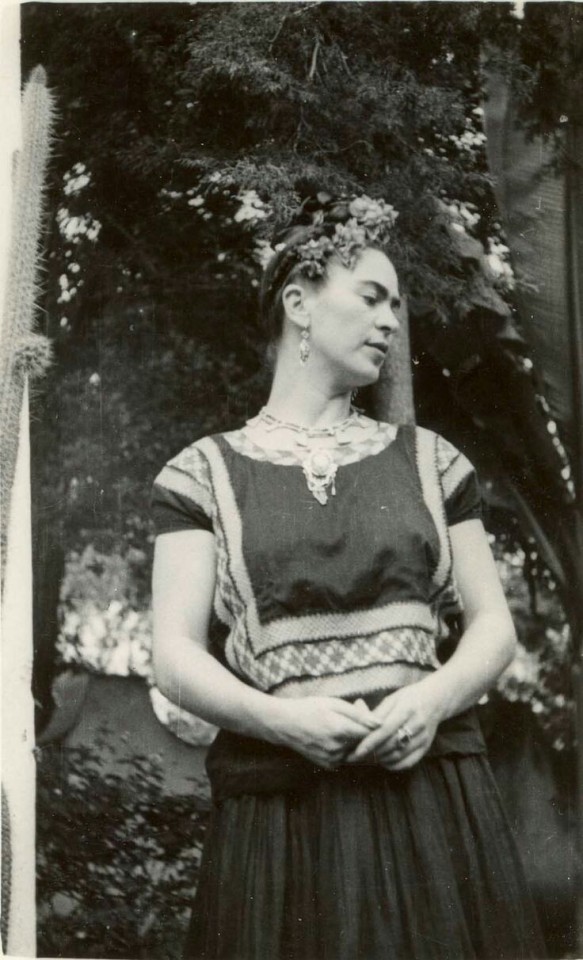
Mi sangre es un milagro que,desde mis venas cruza el aire de mi corazón al tuyo…
435 notes
·
View notes
Photo
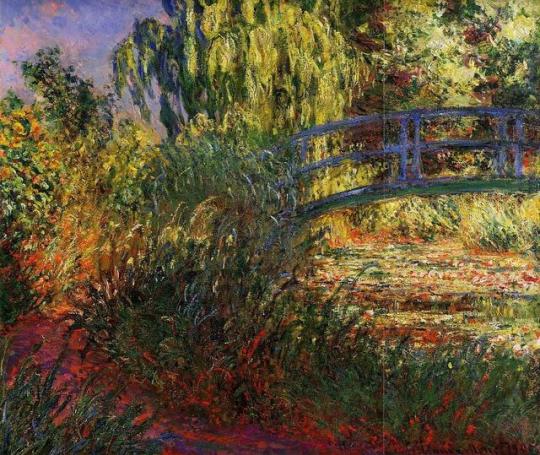
The Japanese Bridge (The Water-Lily Pond and Path by the Water) by Claude Monet
104 notes
·
View notes
Photo
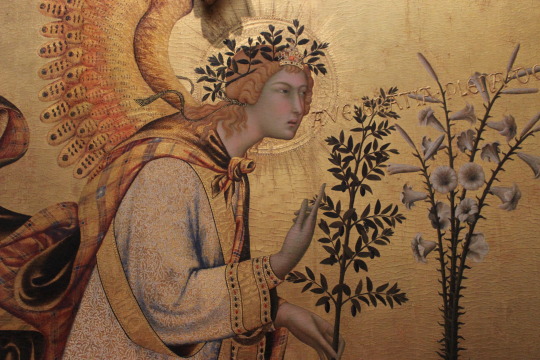
Simone Martini and Lippo Memmi - The Annunciation and Two Saints. Detail. 1333
636 notes
·
View notes
Photo

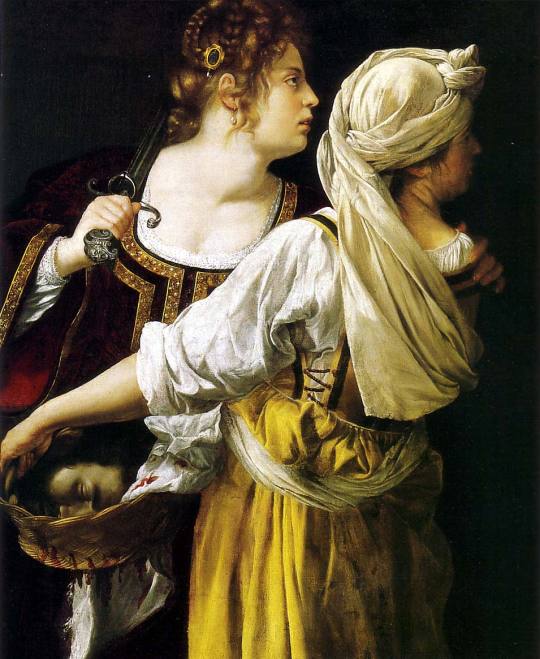
Artemisia Gentileschi
Giuditta che decapita Oloferne(1612-1613), Museo Nazionale di Capodimonte, Napoli
Giuditta con la sua ancella, (1618-1619 circa) Palazzo Pitti, Firenze
4K notes
·
View notes
Photo
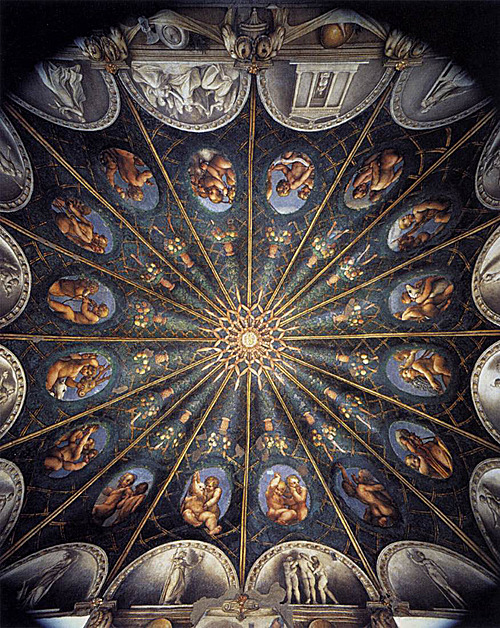
Correggio, Ceiling of the Camera di San Paolo, 1519
954 notes
·
View notes
Photo

Cornelia van der Mijn. Detail from Flower Still Life, 1762.
1K notes
·
View notes
Photo

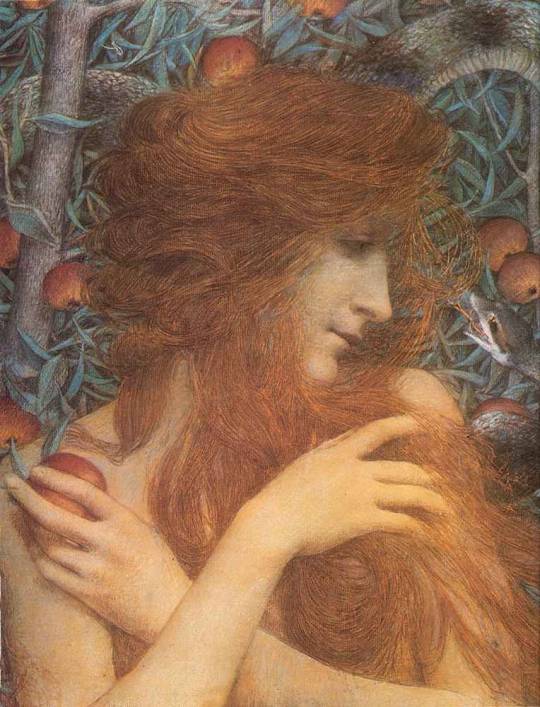
Sandro Botticelli, Birth of Venus (detail)
Lucien Lévy-Dhurmer, Eve, 1896
7K notes
·
View notes
Photo

Two Girls (Lovers) (1911), Egon Schiele
7K notes
·
View notes
Photo

Gold Oak Leaf and Acorn Wreath, late Classical or early Hellenistic Period, 4th century B.C.
via MFA
7K notes
·
View notes
Photo
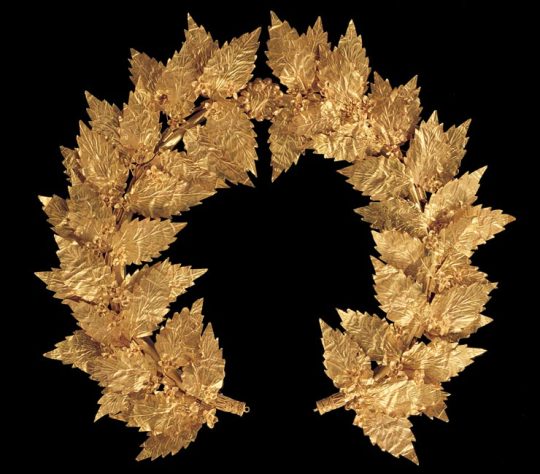
Greek Gold Wreath of Oak Leaves and Flowers, possibly from Attica, Greece, late 2nd - early 1st century BC
In ancient Greece, oak leaves symbolized wisdom, and were associated with Zeus, who according to Greek mythology made his decisions while resting in an oak grove.
Gold wreaths such as this one derive their form from wreaths of real leaves worn in religious ceremonies or given as prizes in athletic and artistic contests. Because of their fragility, gold wreaths were probably not meant to be worn. They were dedicated to the gods in sanctuaries and placed in graves as funerary offerings. Although known in earlier periods, gold wreaths became much more frequent in the Hellenistic age, probably due in large part to the greatly increased availability of gold in the Greek world following the eastern conquests of Alexander the Great.
3K notes
·
View notes
Photo
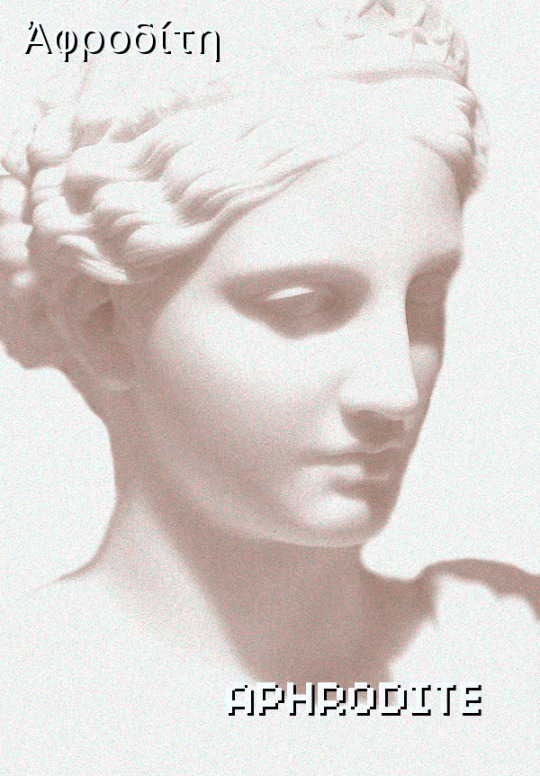
TWELVE OLYMPIANS MEME || [4/12] Aphrodite (Greek: Ἀφροδίτη):
Goddess of love, beauty and sexuality.
484 notes
·
View notes
